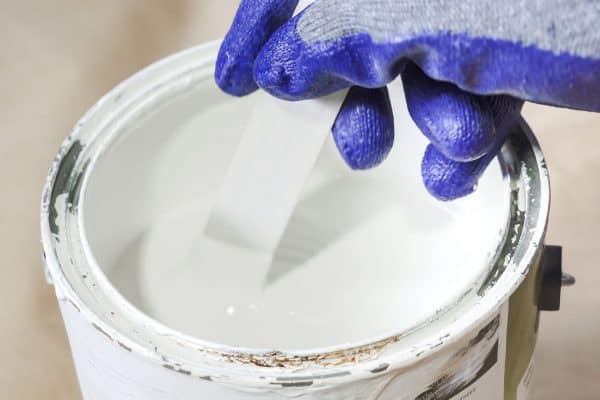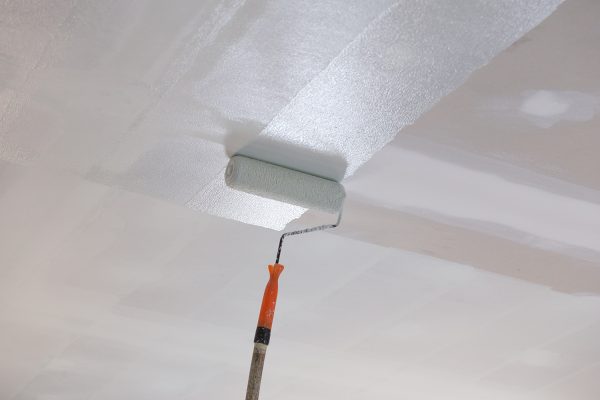Dark-stained wood has its own elegant appeal, but sometimes whitewashed wood can make an interior look bright and refreshing in its simplicity. But is whitewashing over dark stain a good idea? How will it affect the wood finish? And most importantly, can you do it yourself? We have researched the answers for you.
Whitewashing wood is a great way to make your interior's color scheme cohesive--and it's very easy to do. One thing you need to remember is to degloss the surface to make the paint stick for a long time.
- Lightly sand the surface.
- Stain the wood brown or gray if it hasn't been previously sealed. Let it dry for 24 hours.
- Dip a paintbrush into the whitewash. Paint and follow the wood grain as you go.
- Wipe the excess coat in the direction of the wood grain using a rag.
- Repeat the process until you get the texture you desire.
Whitewashing over a dark stain is not as difficult as it seems, although you still need to watch your brush strokes so the paint will come out evenly. If you want to learn more about how to properly paint on wood, keep reading below.
![Old grunge dark textured wooden background,The surface of the old brown wood texture, Can You Whitewash Over Dark Stain? [And How To]](https://homedecorbliss.com/wp-content/uploads/2022/06/Can-You-Whitewash-Over-Dark-Stain-And-How-To.png)
How do you make a whitewash mixture?
Whitewashing is an effective, easy, and affordable technique to modernize old, dark-stained wood. People often whitewash their furniture to achieve a bright, neat-looking, and Scandinavian-inspired interior where light colors are often utilized to make smaller spaces look bigger.
Whitewashed furniture also ties up vibrant elements within your interior by balancing the colors. This can make your color palette more cohesive, creating a visually appealing interior.
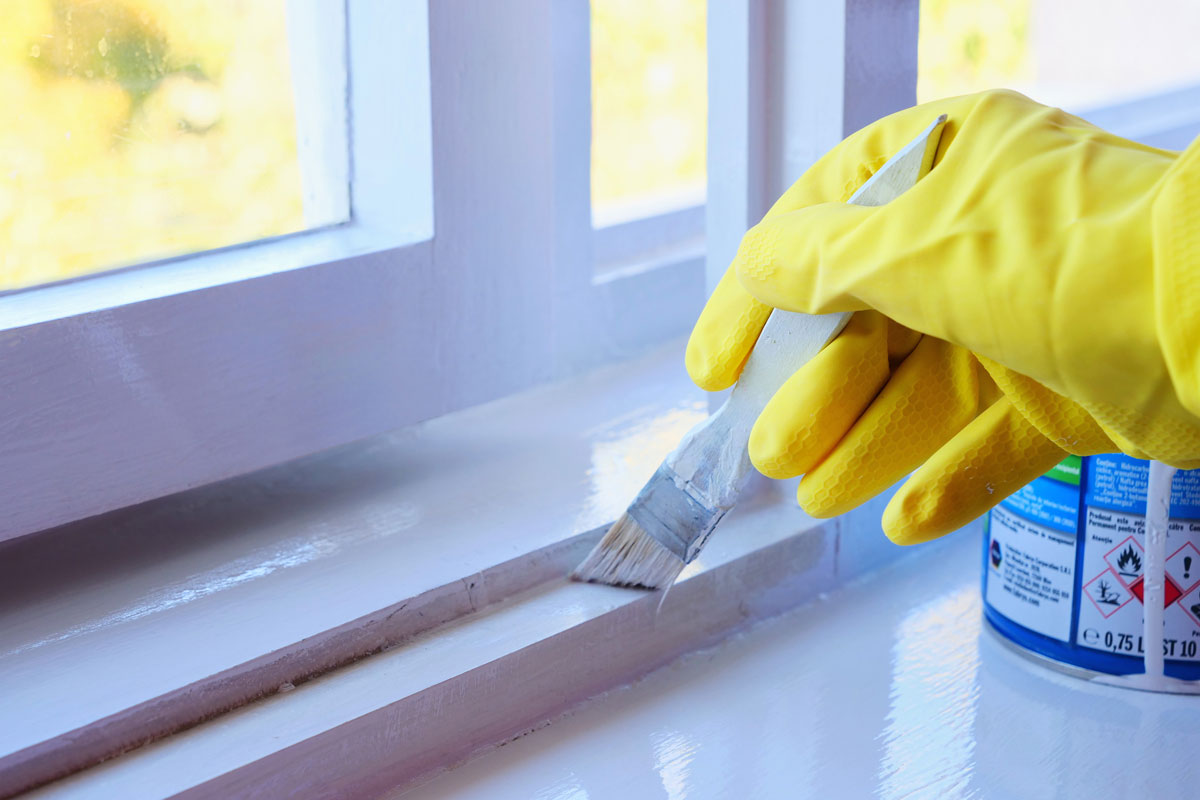
We may include affiliate links and curated AI content to highlight top design styles.
Here's what to do to create your own whitewash paint mixture:
- Prepare hydrated lime, water, fine-grade salt, and a tub.
- Wear protective clothing for protection from hydrated lime.
- Combine two cups of fine-grade salt with one gallon of water. Stir until the salt is dissolved.
- Pour 6-8 cups of hydrated lime into the water mixture.
This mixture is a traditional whitewash that tends to have a thinner coating that shows the texture of the wood grain. If you want a more polished coat, here's what you can do:
- Mix together equal parts water-based white paint and water. Adjust the consistency as needed.
- If you want to make the mixture thinner, mix one1 part white paint with three parts water.
Read: "How Many Coats Of White Paint Do You Need?"
What wood can you ?
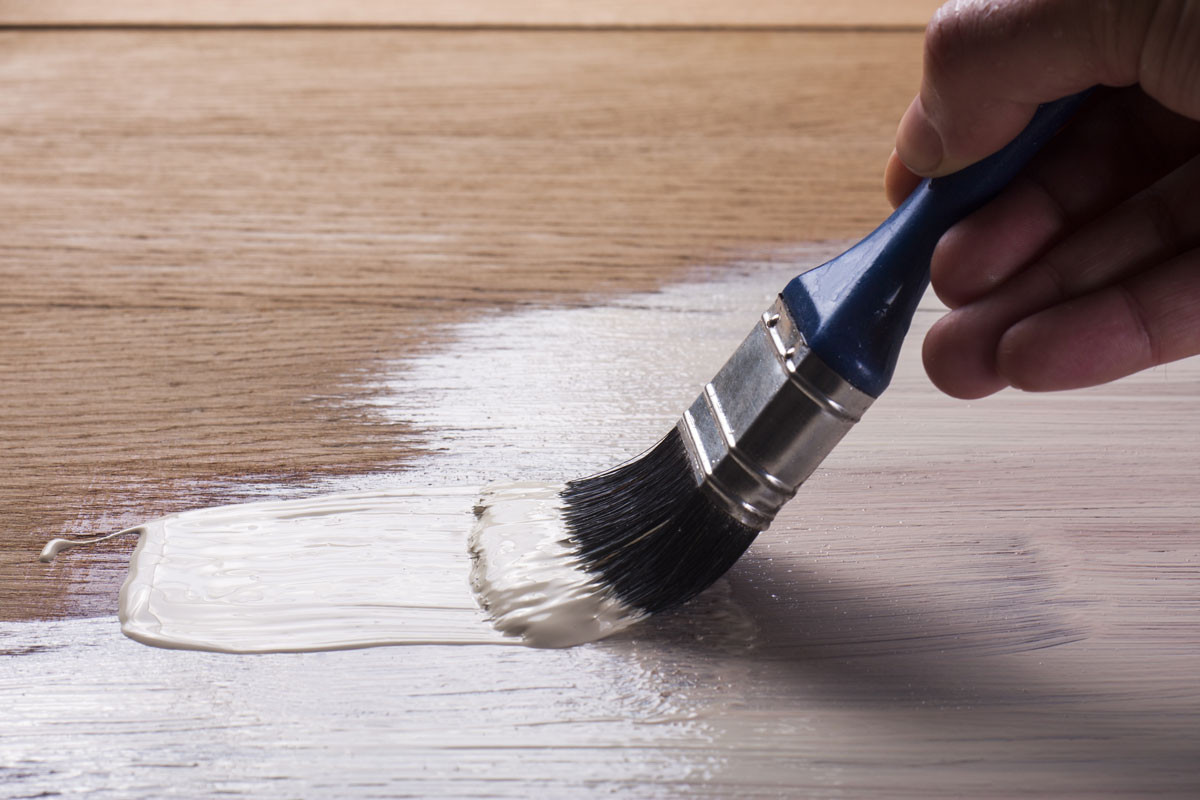
Whitewashing works for virtually all types of wood, but the more porous the wood is, the better paint will stick. Here are types of wood that will look lovely when painted white.
Plywood
Plywood is an engineered wood that will have a fresh, clean look when whitewashed. However, some low-quality types of plywood will need to be recoated with white paint in order to achieve a more polished look. The rough texture will be difficult to paint, so try to get high-quality plywood to make the job easier.
Remember to use latex matte paint to create a smooth, even texture. Adjust the consistency of the paint as needed; this may depend on the quality and texture of the wood.
If you're dealing with rough, low-grade plywood, use a putty scraper to drag the paint along the surface of the wood. This will even out the coverage and make the paint job easier.
Oak
Oak is one of the ideal woods you can whitewash because its grains can still be visible even when coated heavily with white paint, creating an elegantly rugged texture. If the oak has an existing finish, it is optional to strip it away depending on the look you want to achieve.
If you want a smoother, more opaque look that doesn't show the grains, remove the finish. However, if you want the dark grains to show--which is often the preference of most people--you can simply leave the finish alone and proceed to paint the surface white after sanding.
If you choose to remove the finish, use a chemical stripper before sanding the wood. Then, coat it with a wood conditioner to hide the dark grains when you whitewash the surface.
You will need to wait for about two hours before applying the whitewash. After that, you can adjust the amount of white paint depending on your aesthetic preferences.
Poplar
Poplar is an excellent wood for painting projects. It holds paint well as long as it is prepped well, and they are less likely to shrink because of its moisture-resistant properties.
Before whitewashing, use an oil-based primer with a latex top coat and sand it with 120-grit sandpaper. This will make the paint adhere better and make the surface smooth.
However, poplar has a reputation for bleeding over light-colored paint and showing green or yellow streaks. To prevent this, coat the surface with a wood conditioner before whitewashing it.
Cedar
Cedar is a great material to whitewash. However, just like poplar, you will need to prime it first with an oil-based latex primer since the tannins can bleed through the white paint.
Oil-based primers are great for dark-stained wood since the white paint will be able to adhere better, and it will be able to block the yellow or brown streaks from bleeding through. If you don't do this, your cedar wood will look dirty over time, potentially ruining the look of the space you put the fixture in.
Lastly, remember not to make the white paint too thick as this can crack and peel over time. Just coat the surface with the right amount of coverage that will make it look textured and visually appealing.
Should you seal whitewashed furniture?
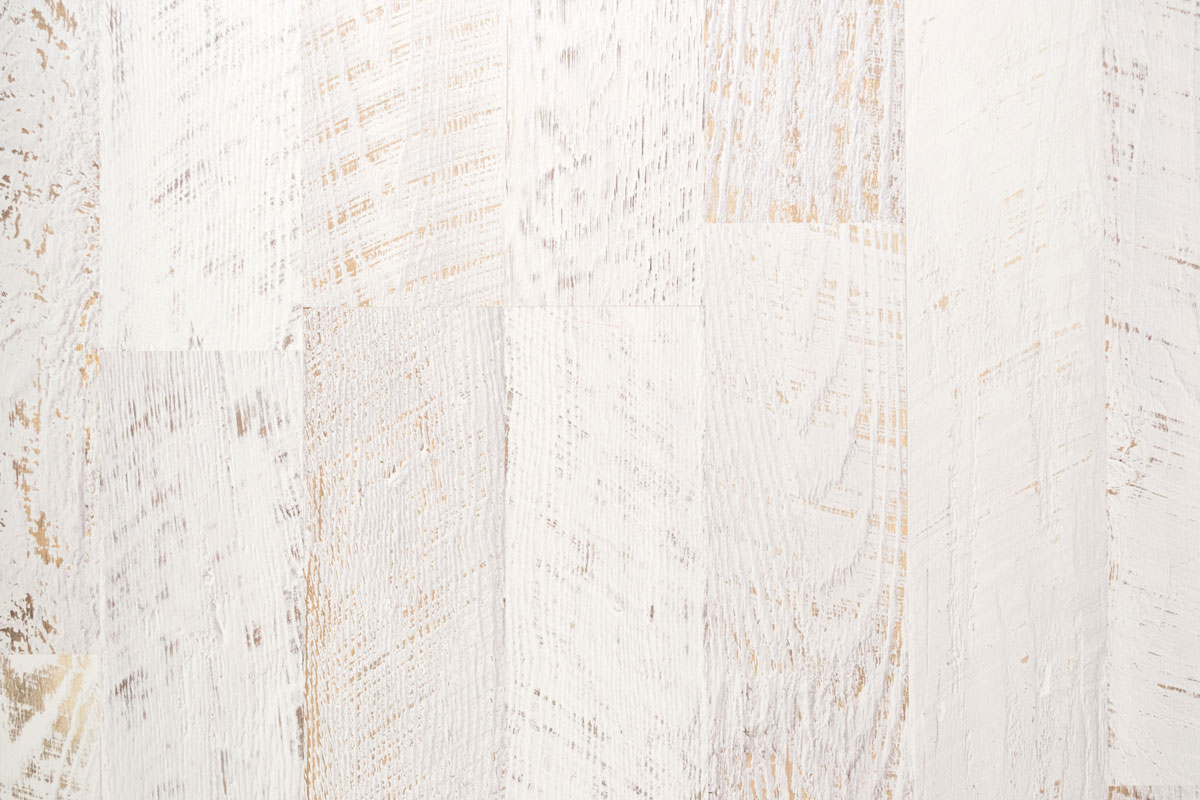
Sealers protect the surface of whitewashed wood from aging prematurely and collecting mold and mildew. If you regularly use this whitewashed wood, sealing it is all the more necessary, so you can protect it from wear and tear.
Sealing the surface will also make your paint job appear more even, on top of preventing it from peeling over time.
Simply coat the whitewashed wood with 2-3 coats of sealants and let it dry before using.
Read: "Can You Prime And Paint On The Same Day?"
Can you whitewash reclaimed wood?

If you want a rugged and textured surface that will go well with a rustic-styled interior, go with reclaimed wood. This will make your aesthetic look more natural, and it will be an elegant fixture that can catch anyone's attention.
Here's how:
- Clean the wood with soap and water. Check for any mildew and mold.
- If everything looks good, proceed with the project and prepare the necessary materials.
- Adjust the white paint to the ideal consistency using water.
- Pour the white paint mixture into the surface.
- Spread the paint using a putty scraper and follow the direction of the wood grain.
Is whitewashed furniture in style?
Whitewashed walls, floors, or furniture make interiors look rugged in a chic way. Scandinavian-inspired interiors also blend well with whitewashed furniture, which has been on trend for a while now.
Dark-stained furniture can make a room feel heavy. It can also look out of place if your color palette is mostly made of neutrals and light colors. Whitewashing is a great way to update the look of your interior effortlessly, and fortunately, the style looks like it might be here to stay.
However, designers say that an all-white aesthetic is bound to disappear in the coming years, although neutral palettes with pops of color will have a timeless appeal. This is because people are experimenting more with hues, shades, and texture. People want to inject vibrance into their homes again, which is an excellent design direction.
Whitewashed wood that shows texture and dark grains seems to follow this direction since whitewashed wood doesn't have that polished, minimalist appeal that used to be the trend years prior.
On the contrary, the texture of whitewashed wood will remain to be a timeless piece since it can blend with any interior and aesthetic.
What is dry brushing?
Drybrushing is a technique often used with whitewashing dark-stained wood.
It is done when a brush that is slightly dry but holds paint is dabbed and brushed onto the wood surface, creating a textured stroke that can blend with the ruggedness of the wood.
Final Thoughts

Whitewashing furniture is a fun project you can undertake if you want to upgrade your wooden furniture look. It can instantly give a new character to the room, and it can give you the opportunity to transform your entire interior. As always, maintenance is key to making your painted furniture last for a long time.

